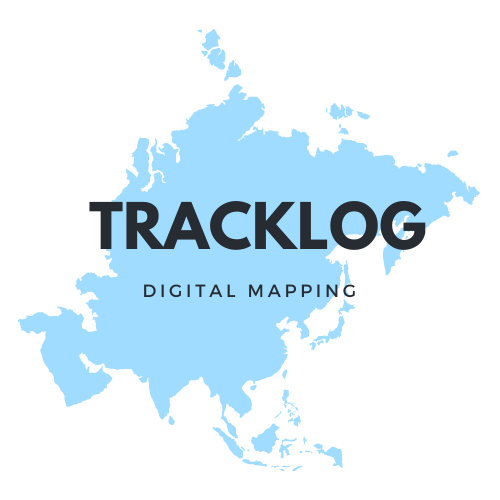What we do
- moving the whole map across the screen and individual content elements across the map; - changing the appearance of symbols (size, colour, shape, brightness, internal structure). For example, settlements can be shown as pulsating punctuations, etc.; - animated map-frame sequences or three-dimensional images. In this way it is possible to show the dynamics of melting glaciers and the dynamics of erosion processes;
- panning, rotation of computer images; - zooming in the image, using the "zoom in" or "zoom out" effect object; - creating the effect of movement over the map (circling, circling around the area). The animations can be flat and three-dimensional, stereoscopic, and can also be combined with a photo image. Three-dimensional animations combined with a photo image are called virtual maps (the illusion of real terrain is created).
Techniques for creating virtual images can vary. As a rule, first, a digital model is created using a topographic map, aerial or space image, followed by a three-dimensional image of the area. This is then coloured into the colours of the hypsometric scale and then used as a real model.
Digital mapping of terrain
Scientific and technical literature and normative documents provide notions of digital terrain models, electronic, digital maps, digital topographic maps, and their various classifications.
